How to Put Muscle on Your Dog
If you want to learn how to put some serious muscle on your dog, you’ve come to the right place. Just like people, dogs can bulk up with increased muscle mass and strength.
Want to help your dog bulk up?
Here at Bully Max, we produce some of the most effective and highly regarded dog foods and supplements intended to help dogs gain weight—so we know a thing or two about how to put muscle on your dog.
And in this article, we’ll share our 3 best tips to help your dog gain muscle.
Get Resistance Exercise
Just as you might go to the gym to gain muscle, your dog also needs resistance exercise to stimulate muscle building. But since your dog can’t exactly do bench presses, what kind of exercise should they do?
There are lots of exercises a dog can do, with running probably being the most obvious and common form of exercise. And while running is great, it’s typically considered more of a cardiovascular exercise—not ideal for adding weight. To build muscle, you need to find a way to add resistance to your dog’s exercise routine.
Here are 3 effective resistance exercises that can help your dog build more muscle:
Consider dog weight pulling. This is where you attach a harness to your dog and get them to pull a weighted cart with weight on it (often in the form of bricks or concrete). The added weight increases the resistance, helping to build stronger leg muscles in your dog.
Use a flirt pole for dogs. A flirt pole is an easy-to-build piece of equipment. Essentially, all you need to do is swing the pole and train your dog to run and leap after the toy at the end of the string. The goal is to get your dog to run and jump higher and higher. The jumping aspect, in particular, is what helps build powerful hind leg muscles.
Use a weighted vest for dogs. Similar to weight pulling, this adds resistance and makes it more difficult for your dog to run. A weight vest turns any movement at all into resistance training—you could do something as simple as playing fetch with your dog to help them build stronger muscles.
When doing these exercises, remember to take it slow and be careful not to overstrain your dog. Remember their bodies will need time to recover, so give them plenty of rest in between training sessions. The articles linked above contain more information about each exercise.
Want more ideas? Read more dog muscle-building exercises here.
Eat a High-Quality, High-Protein diet
Exercise is important to gaining muscle, but it’s not enough. Your dog will still need the raw materials necessary for actually building new muscle—and that means calories, nutrients, and protein.
Start by choosing an appropriate food. Our 30/20 High-Protein Dog Food is an excellent choice. It’s calorie-dense and contains a whopping 30% protein to help your dog repair and rebuild new muscle.
Next, make sure to give your dog a sufficient serving size. Remember that they’ll need extra calories to recover from their exercise and to build new muscle. Learn more about how to build muscle on a dog with food.
Add A Few Smart Supplements
Last but not least, high-quality muscle-building supplements can be a big difference-maker in helping your dog to bulk up. Good supplements will do just that: supplement your dog’s diet by adding essential nutrients their body needs to maximize its ability to build new muscle.
Here at Bully Max, we produce the highest-quality muscle-building supplements for dogs anywhere. Here are a few suggestions:
-
Bully Max Power Tabs for Muscle Gain – our classic product, these tabs are packed with vitamins, minerals, and other nutrients essential for muscle building
- Bully Max PRO Series 11-in-1 Power Chews for Muscle Gain – these advanced muscle-building chews contain the world’s biologically highest-rated whey protein
- Bully Max 3-in-1 Liquid Muscle Builder – this muscle builder comes in a convenient liquid form that you can easily add to your dog’s existing diet
Give Your Dog Plenty of Rest
Last but not least, remember that muscle isn’t made during exercise—it’s made after exercising, when your dog is resting. So don’t push them too hard and make sure they get plenty of sleep. Let your dog recover in between training sessions so that they’ll have all the energy they need to perform at their best and gain the maximum benefit from their exercise.
Last but not least, always consult your vet before trying any strenous exercise regimens with your dog.
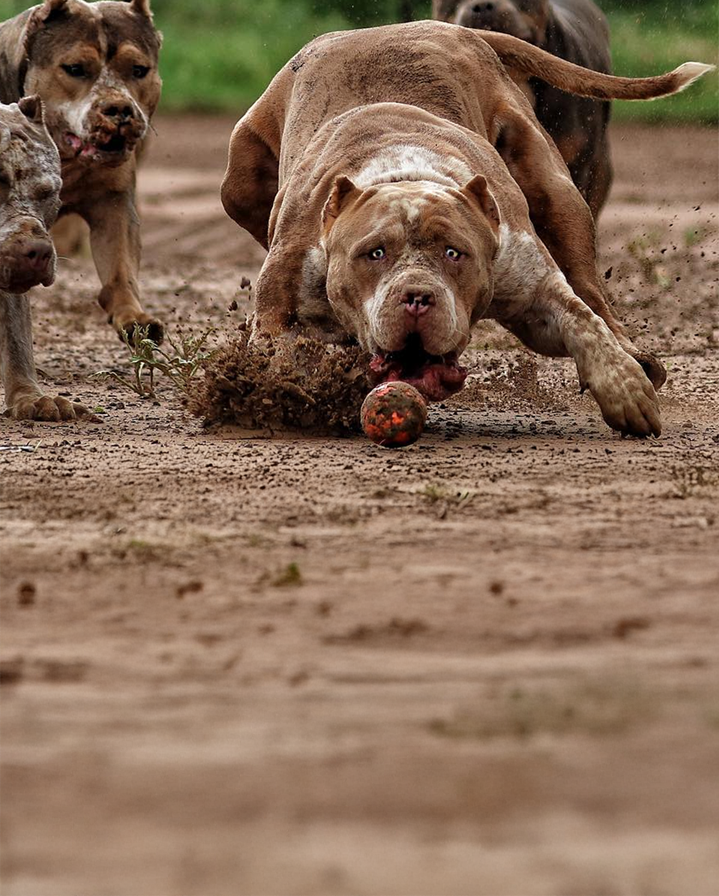
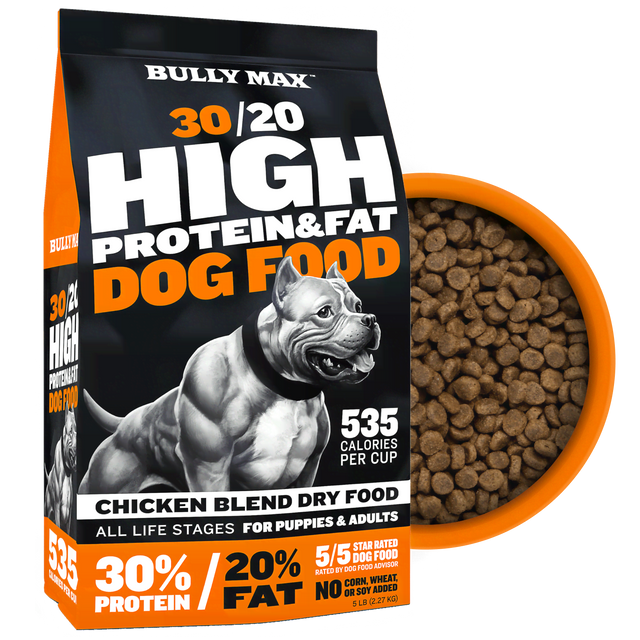
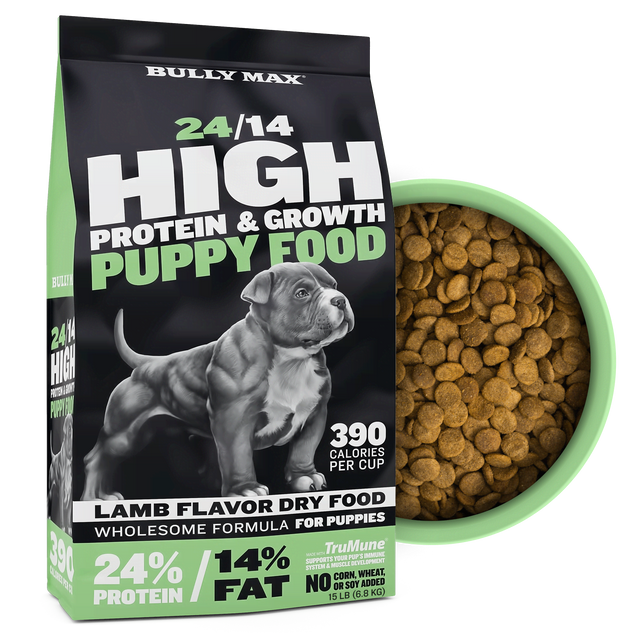
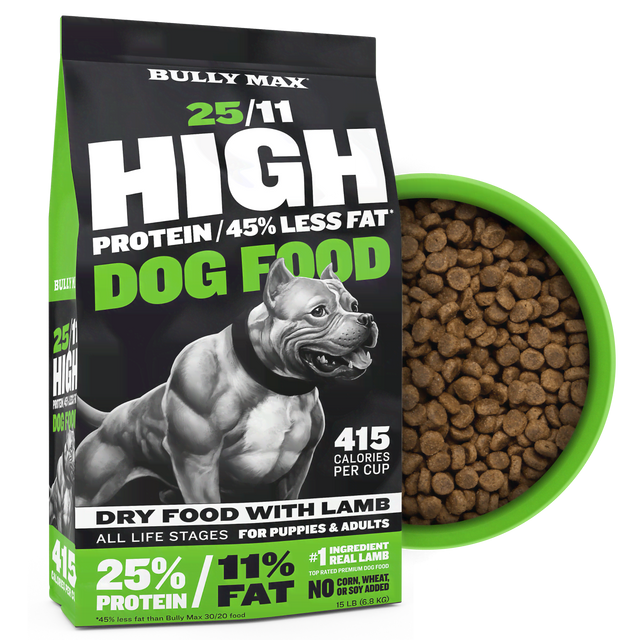
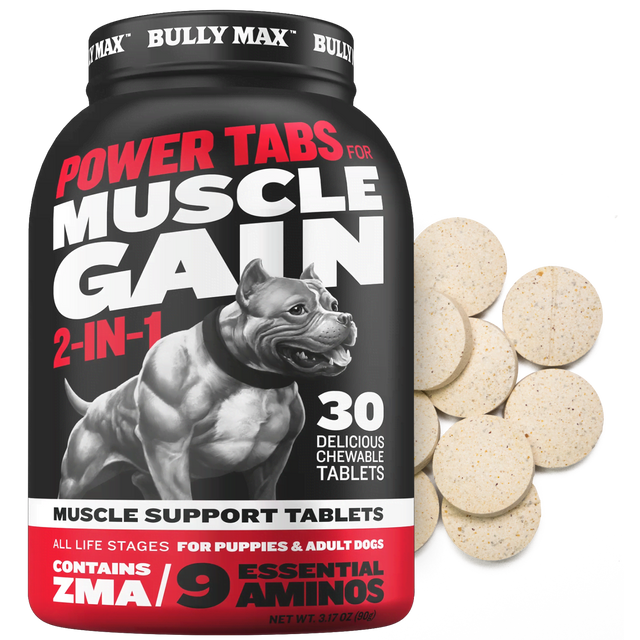




5 comments
Hi, do u sell bully max in the UK..
Thank you for this information now I can get my adult dog and my pup on track and keep them there active and strong.
ANSWER: Yes, it is OK as long as you use the appropriate weighted collar for the size and age of your dog. Please be advised that this is not recommended for young dogs (less than 2 years of age) and those with joint problems.
is every other day ok?
I usually put a weighted collar on my dog for about an hour. Run for about 20 minutes(3x)
And walk for an hour (2x) . He rest next day
nice post, keep it up